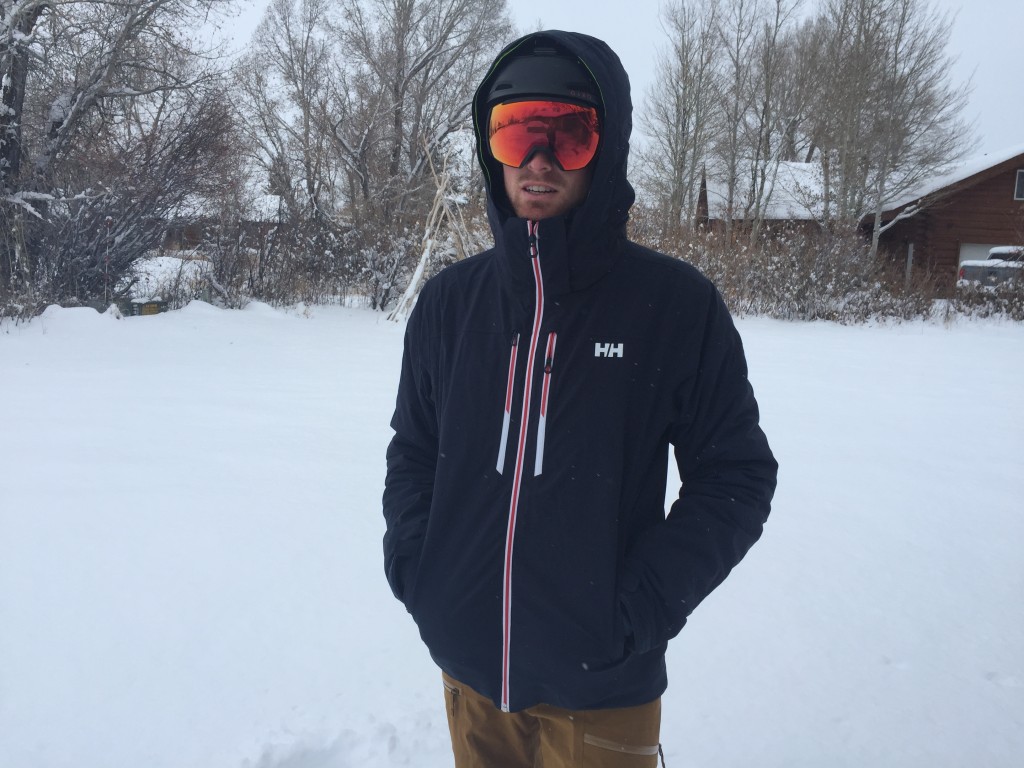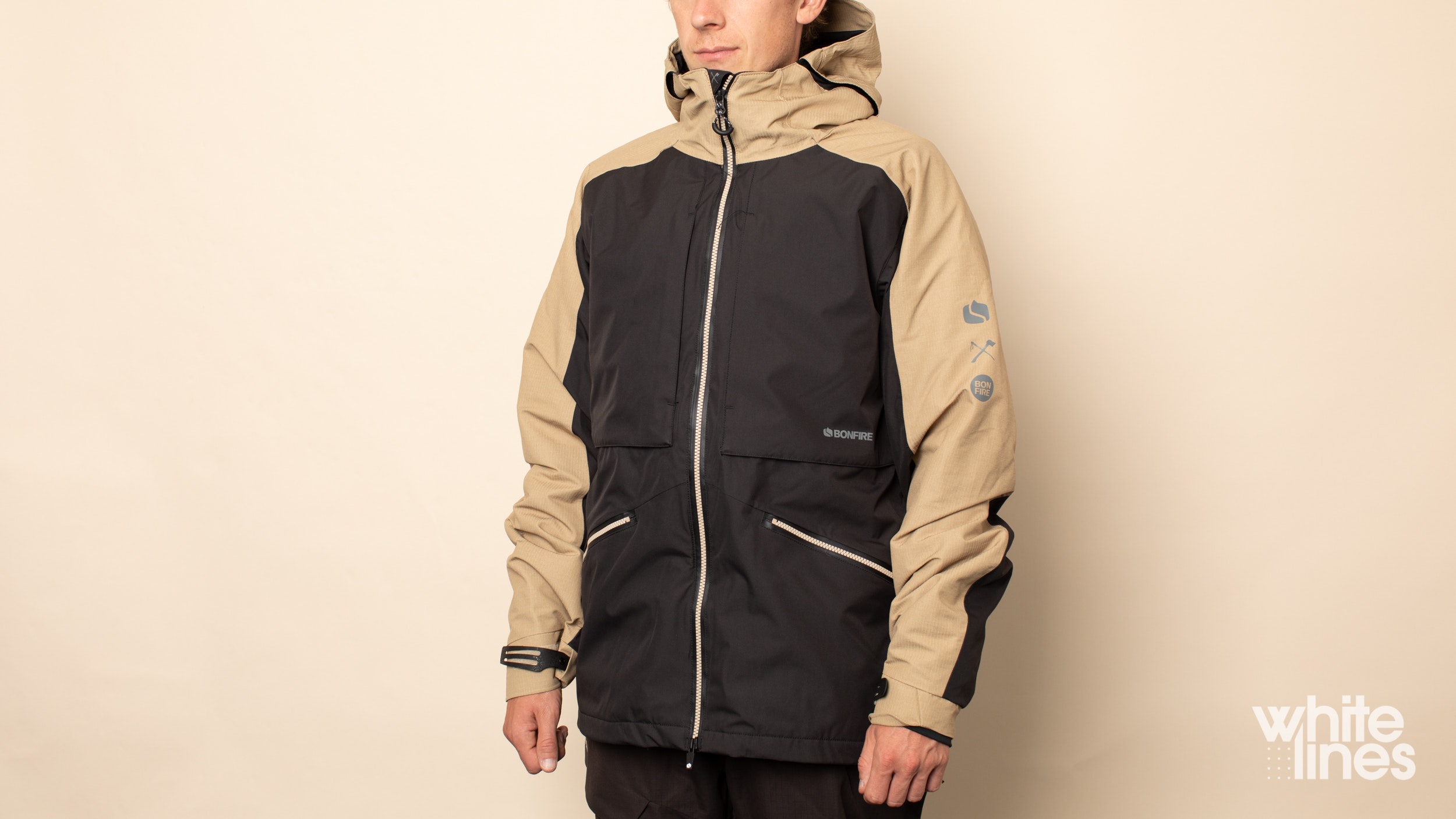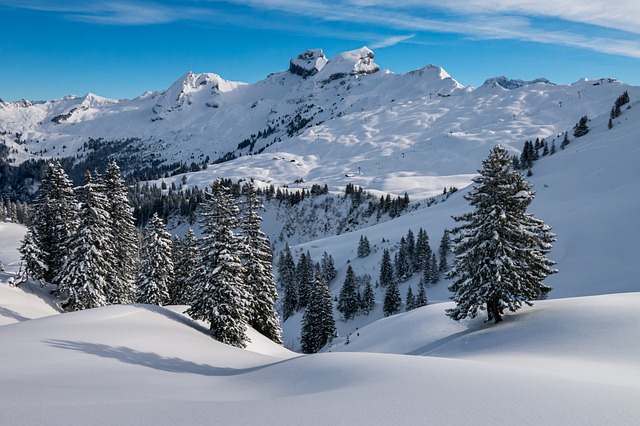
The ski weight is the combined weight of both skis and bindings. This affects the ski's performance, and whether or not it is suitable for your needs. It can also impact your ability to ski in different snow conditions.
Ski Width
The ski's width affects how easy it can turn and handle different snow conditions. A narrower waist width will allow for faster edge-to-edge turns in powdered and un-grommed snow. However, a wider waist width will provide better flotation in soft, well-drained snow.
Touring Ski Length
The length of a touring skiing ski will determine how fast it can start and maintain turns, especially at speed. It is generally easier to turn longer skis than shorter ones. However, this all depends on the conditions and the skier’s ability.
Dimensions of Track Setter
The cross country ski track settingter dimensions will determine the ease with which your boots can be released from the binding in an event of an accident. The higher the din setting, the more force it takes to release your boot from the binding. This will help protect your knees and ankles.

Bindings attach to skis and lock your feet in the right place. The most commonly used type is track mounted, which attaches directly onto the base of a skiing ski. Advanced skiers might prefer drill-mounted bindings. They are fixed using drilling and gluing.
All-mountain and all-telemark skis have track-mounted boundings. These bindings are simple to use. Additionally, more experienced skiers prefer drilling-mounted bindings for their stability and security.
Boots are an integral part of your Equipment
Your ski boots' flex rating can help you determine how flexible they are. These boots can offer more leverage and support, but they can also make it difficult to ski at high speeds or on rough terrain.
For beginners or those who prefer to spend less time on snow, softer flexing boots can be a great choice. They reduce the strain on your Achilles tendon as well as the muscles in your lower legs.
Boots are also important for preventing injuries in the event of an accident. They are useful for supporting your foot and ankle while skiing and also to keep you from sliding down the slopes.

How do I measure my skis
Skis were originally measured by their length. Today's ski manufacturers employ a scientific method of measuring skis. Instead of using length, they use camber measurements. This allows you to more accurately determine your ski size.
What is the ideal length ski for me?
Beginners should start with a short length. This helps you initiate turns easier and can help you build up speed faster. If you're a intermediate or advanced skier, consider a longer length to add stability and increase float in softer snow.
Do I Really Need Long Skis?
While longer skis may be more difficult to use at speed, they provide greater stability and stability in all snow conditions. The ideal length of your skis should be appropriate for your height, ability level and preferences. If you have any questions about the length of your ideal skis, ask your local sports shop. They can help you pick the best skis to suit your preferences and abilities.
FAQ
Should I get travel insurance?
Travel insurance is essential for anyone who plans to go on an adventure. It's important that you are covered for all kinds of adventure sports.
If you're skiing, for example, it is important to have medical coverage. It is also worth looking into coverage for theft, loss and damage.
Also, you should consider purchasing cancellation insurance. This will allow you to cancel your holiday with no penalty.
You should also ask for coverage for emergency evacuation. In the case of an avalanche and other natural disaster, you can be evacuated from the mountain.
What should vacationers bring?
It's important to decide what you want for your holiday. You don't just need to pack clothes. You should also consider where you are going to be staying and for how long.
The first thing you need to do is think about what types of activities are most appealing to you. Scuba diving is a great option if you're going to exotic destinations. You may also be interested in participating in local festivals and events, especially if your stay is longer.
Tell your loved ones if there are any health concerns so they can plan for you.
How can I travel light?
There is no right or wrong way to pack for a trip. But here are a few tips to help you choose what to bring along.
-
Only take what you actually need.
-
Only bring what you plan to actually wear.
-
Don't buy too many.
-
Be sure to have plenty of space in your suitcase
-
Always make sure you have everything you need.
-
Enjoy free storage
-
Instead of purchasing bottled water, use reusable water bottles.
-
Carry a backpack instead of using a suitcase.
-
Walking or cycling is a better option than using public transport.
-
Choose the right size bag.
-
Avoid carrying bulky items.
-
You should be prepared for every eventuality
-
Do not leave anything behind
How do I prepare my body for vacation?
For a healthy vacation lifestyle, it is important to eat right and keep active.
Also, make sure you get plenty of sleep before you go.
Make sure you have all the necessary travel documents and medications ready to go.
Make sure you have enough medication to last you until your return.
Finally, be sure to pack a change of clothes in case you get sick or injured.
What size luggage should I carry?
The length of your trip will determine how much luggage you need. For a flight, hand baggage is not necessary, typically less than 20 kg. You will need more space if you travel by train or bus.
An airport form with information regarding your flight will be handed to you upon arrival. This will include information such a weight of your bags, and whether you need assistance with checking them in.
This should be checked before you leave home. If you don’t check it, you might end up waiting hours for everyone else to do so.
Because you never know what could happen, it is better to travel light. For example, if your bag gets lost, you won't have anything to wear.
Statistics
- Pack sweaters, jackets, and underwear in reusable compression bags creating up to 75% more space in your luggage. (wikihow.com)
- You can use compression sacs or cubes to reduce the volume of your clothes by up to 80%—this is especially convenient for bulky items such as sweaters and jackets. (eaglecreek.com)
- Alcoholic beverages with more than 24% but not more than 70% alcohol are limited in checked bags to 5 liters (1.3 gallons) per passenger and must be in unopened retail packaging. (tsa.gov)
- That's an 18% jump from 2019, the previous record year. (travelandleisure.com)
- Between the ages of 11 and 13, kids, or tweens, will likely want some autonomy but also need boundaries. (travelandleisure.com)
External Links
How To
How to plan for your next vacation
Planning a trip can involve many things including booking flights, hotel reservations, car rentals, and activities. It involves important considerations like your budget, destination choice, weather forecast, etc.
These are the things you should keep in mind as you plan your next vacation.
We've created a step by step guide to help you plan your next holiday. This guide was compiled based upon customer feedback and experience. We hope you find this guide helpful and easy to follow when planning your next vacation.
Steps:
-
Plan your Budget. This is one of the most important steps to prepare for a trip. Before you begin planning for your trip, you need to know how much money it is you are willing and able to spend. If you don't have the money, your plans may be cancelled.
-
Book Your Flights. After you have decided on your budget, book your tickets. Make sure you choose the best flight deal available at the lowest price. Make sure to check for special offers during peak seasons. These deals could help you save a lot of cash.
-
Select Your Destination - After you have booked your flight, you will need to choose where you want to travel. Numerous factors go into choosing your destination.
-
Finding Accommodations - Once you have chosen your destination, it is time to find accommodations. There are many options for accommodation, from budget hostels to luxurious suites. Your needs and preferences will determine the type of accommodation that you choose. If you need to be near the city center, a hotel may not suit your needs. However, homestays may be more suitable for you if your preference is quieter and away from crowds.
-
Select Activities & Attractions: Now that you have selected your accommodation, it is time to decide which activities and attractions to include in the itinerary. Depending upon the length of your stay you have two options: choose just a few activities, or add many more to your itinerary.
-
Determine Schedule - Now that you've selected the activities and attractions you'd like to include, it's time to determine your itinerary. A fixed schedule will ensure that you get the best value for your trip. But, it's possible to enjoy your trip more if your schedule is flexible.
-
Create Itinerary - Creating an itinerary includes all the information about your trip. These information can include flights, accommodations, activities and restaurants. You will need to record them all and make a list.
-
Research Online - Do your research online before you travel. You can read reviews and testimonials about other destinations to get their opinions. This way, you will be able to plan accordingly.
-
Don't Overpack - This is one of the most common mistakes people make when packing. Avoid bringing more than three sets of clothes. Consider bringing clothing that's appropriate for the region.
-
Make sure you are prepared - Have everything ready before setting off for your trip. You don't want to waste time searching for important documents while you're still in transit.